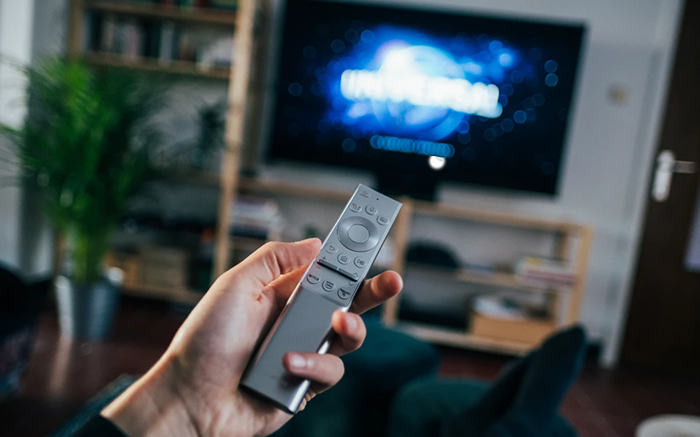It is estimated that the average American sees between 4,000 and 10,000 ads a day. We are becoming desensitized to them: sometimes we ignore them; sometimes we skip over them; sometimes we don’t even notice them. It’s no wonder, then, that marketers have to constantly innovate to get our attention, tailoring advertisements to individuals and thinking of new strategies to make them stand out from the crowd. Since the development of the first advertising agency in 1840s, adverts seem to have become less and less personal as technology has developed, but could it be that the latest tech is actually making TV advertisements more human?
The call for real representation and diversity
Awareness of the falsity in advertising has grown dramatically in the last 20 years, and audiences are cynical about the marketing content they’re shown. We’re used to retouched images and ‘perfect’ models, and modern audiences are passionate about striving for content that is more ‘real’ and speaks to the diversity and richness of the human experience. 84% of women prefer brands that showcase a range of body types, with over 75% also favoring brands that represent diverse ethnicities. As such, companies are learning how to increase the diversity in their marketing. Brands are switching their focus with the clear message that the era of perfection is over, and reality is in.
Brands also recognize the human need for stories. We’re more likely to be convinced to buy by a story we feel a personal investment in, and TV remains the perfect medium for this. Increased awareness of the need for diversity and representation across all platforms means that advertisers are now in a better position to tell stories that speak to a wider audience, alienating fewer potential customers in the process. The capacity for advanced TV to collect data allows brands to harness this power.
Data collection for a more personal advertising experience
Brands are now highly focused on collecting data, but the ultimate goal is to connect with real people. The result is more authentic marketing content and ads that feel more personal. This challenges the cynicism aimed at the advertising industry, and results in boosted sales and audiences that feel heard. Tech developments have allowed data collection to become more sophisticated, but since the pay-off is that customers feel like humans and not simply targets, broadly speaking, consumers are in favor.
Currently, digital advertisers are able to use the data they collect more precisely than TV advertisers, but change is happening. Estimates suggest that roughly 57% of Americans have a connected TV, and networking accessories connect devices across households. Advanced TV allows marketers to collect more behavioral information than ever before, meaning they can more effectively target real people rather than limiting their ads according to demographic information.
A clear example of this is seen in linear addressable TV, which enables marketers to reach specific households as opposed to the large groups they were limited to through traditional TV. Two households watching the same show live on a smart TV may see different ads depending on their behavioral data: your family might see an ad for car insurance for example, but the family next door might see a travel ad.
Interactive TV advertising
Interactive advertising takes this a step further. Here viewers can select their own ads from a menu and interact further by clicking links to find more information or make a purchase. When the internet exploded into popular culture, it seemed that TV advertising might become obsolete, but on the contrary, advanced TV has the potential to make advertising even more personal.
Of course, this also gives us the option to opt out of advertising all together. Streaming apps like Netflix and Hulu allow us to watch content uninterrupted by ads. Brands can therefore not rely on TV advertising alone: in order to respect us as humans, part of the deal is that they can’t reach us all the time, and that means they must also focus on digital advertising. Advanced TV advertising does, however, allow them to reach parts of their audience they could not reach through the internet alone.
Consumers want a more human experience, and advertisers are responding to that. Advanced TV is creating opportunities to engage with customers in a way that TV has never allowed for before, and consumers are willing to give themselves over to tailored advertising so long as they’re treated as real people. The lines between digital and broadcast advertising are blurring, and as tech continues to develop, marketers must stay abreast of industry changes in order to continue reaching their audiences. For the viewer, what this means is more enjoyable and inclusive ads, but on the flip side, we’re more open to being sold products and lifestyles we didn’t realize we wanted.





